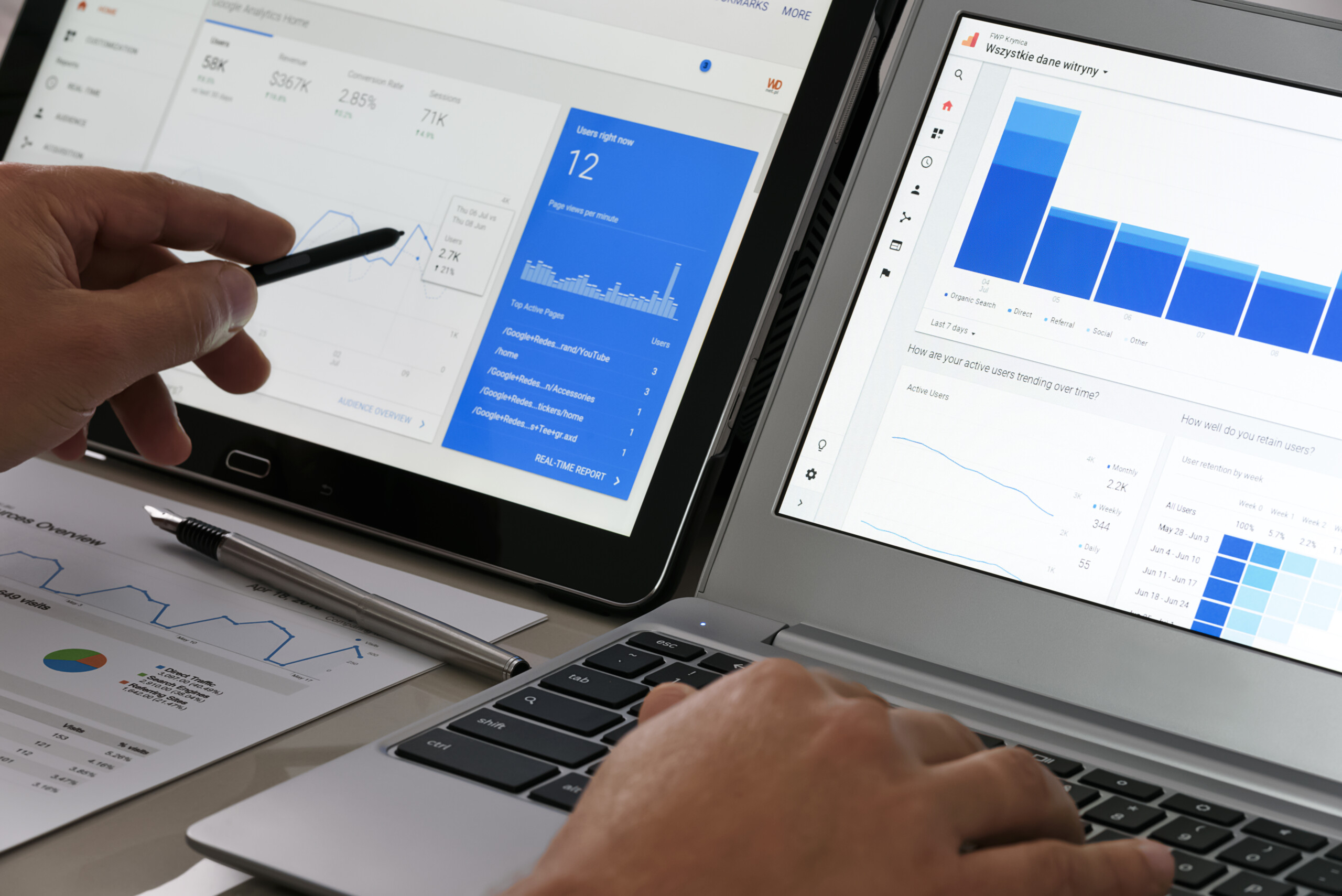How to Identify and Resolve Crawl Budget Issues

Google doesn’t always crawl and index every page on a website in an instant. It can invariably take days or even weeks to appear on the search engine’s radar, which can understandably get in the way of your SEO efforts. If your newly published landing page is time-sensitive and needs to be crawled and indexed quickly, then it would help if there was a way to ensure Google is alerted to its newly published status.
At this point, it might be worth optimising your ‘crawl budget,’ a task which regularly flies under the radar of the seemingly never-ending responsibilities of site owners.
However, for websites with thousands of pages, maximising your crawl budget can be a critical factor in ensuring your content gets indexed and ranks effectively.
At Artemis Marketing, we understand the complexities of crawl budget issues and how they can impact your site’s performance. Let’s dive into how you can identify and resolve these issues, allowing you to focus on what you do best – running and growing your business.
Understanding Crawl Budget
Before we delve into solutions, it’s crucial to understand what crawl budget means. Simply put, it’s the number of pages Google will crawl on your site within a given timeframe. This number will vary slightly, but your given budget is influenced by factors such as your site’s size, health, and the number of referring domains to your site.
For smaller websites, a crawl budget typically isn’t a huge concern. But for larger sites, especially those in e-commerce or with numerous individual pages, optimising your crawl budget can significantly influence your SEO performance.
A crawler like Googlebot gets given a list of URLs to crawl on a site, working through that list systematically. It will grab your robots.txt file occasionally to confirm whether it’s allowed to crawl each URL. Once the crawler (or spider) has crawled a URL and reviewed its content, it adds new URLs found on that page to crawl back to.
Google can be indirectly told to crawl a URL in several ways. These include:
- When new links pointing to that content are discovered
- When someone has published the link on another website
- When it has been updated in the XML sitemap
- When a site owner has alerted Google to its status via Google Search Console
Identifying Crawl Budget Issues
- Analyse Your Crawl Stats
The first step in identifying crawl budget issues is to review your crawl stats in Google Search Console. Look for:
- Significant fluctuations in crawl rate
- A high number of pages marked as ‘crawled but not indexed’
- Consistently low crawl rates despite having a large number of pages
- Review Server Logs
Examining your server logs can provide insights into:
- Which pages Googlebot crawls most frequently
- Pages that are being crawled but returning errors
- The ratio of ‘crawled to indexed’ pages
- Check Indexation Status
Use Google Search Console’s Index Coverage report to identify:
- Pages that are not being indexed
- Reasons why certain pages aren’t being indexed
- Trends in indexation over time
Resolving Crawl Budget Issues
Once you’ve identified potential crawl budget issues, there are several routes to take to resolve them. Here are some effective strategies:
- Optimise Your Site Structure
Ensure your site has a logical, hierarchical URL and site structure. This helps search engines understand the relationship between pages and prioritise crawling effectively.
- Improve Site Speed
Faster-loading pages allow Google to crawl more of your site in less time. Optimise images, deploy reliable caching solutions, and minimise HTTP requests to improve overall site speed. Use Google’s Core Web Vitals criteria as a benchmark for how fast (and user-friendly) your pages are.
- Fix Technical SEO Issues
Address any technical SEO problems that could be hindering crawling, such as:
- Broken links and 404 errors
- Redirect chains
- Incorrect robots.txt files
- Duplicate XML sitemaps
- Content that has been duplicated across pages
- Use Robots.txt Strategically
Prevent Googlebot from wasting time on unimportant pages by using your robots.txt file to direct crawlers away from non-essential areas of your site.
- Prioritise Important Pages
Use internal linking and XML sitemaps to guide search engines to your most important pages, ensuring they’re crawled regularly and are still indexed.
- Consolidate Thin Content
Merge or improve pages with minimal content to reduce the number of unnecessary URLs Google needs to crawl.
- Monitor and Update Regularly
Crawl budget optimisation isn’t a one-time task. Regularly monitor your crawl stats and make adjustments as needed to ensure optimal performance.
The Artemis Approach
At Artemis Marketing, we understand that managing crawl budget issues can be complex and time-consuming. Our team of web development and SEO experts is equipped with the knowledge and tools to identify and resolve these issues efficiently, allowing you to focus more of your time and energy on your business.
We use best-in-class analytics tools to dive deep into your site’s crawl performance, identifying bottlenecks and opportunities for improvement. Our wholesome approach ensures that crawl budget optimisation aligns with your overall SEO strategy, driving meaningful results for your business.
Don’t let crawl budget issues hold your website back. Partner with Artemis Marketing to unlock your site’s full potential in search engines. Our tailored digital marketing solutions will ensure that your most valuable content is crawled, indexed, and ranks effectively, driving more qualified traffic to your site.
Ready to optimise your crawl budget and boost your SEO performance? Contact Artemis today for a free comprehensive site audit and personalised strategy.

